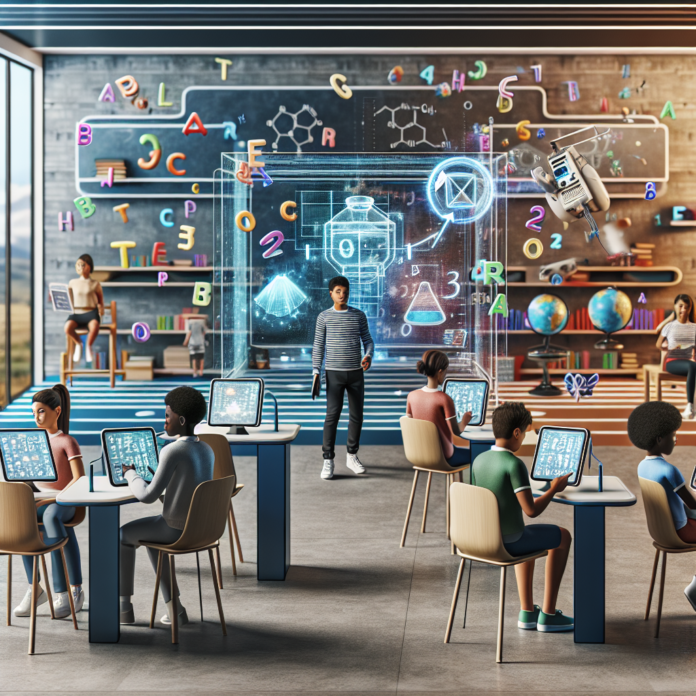AI in Education: Transforming Classrooms and Empowering Students
Innovative AI and edtech tools are transforming classrooms across the United States, offering personalized learning experiences that cater to the individual needs of students. At Pease Elementary School in Odessa, Texas, Principal Micah Arrott has embraced blended learning, utilizing tablets and programs like Age of Learning’s My Math Academy and My Reading Academy to provide one-on-one instruction. This approach has revolutionized the school environment, boosting student engagement and allowing for instruction that meets each child at their level of understanding.
The adoption of AI in education comes at a critical time, as schools like Pease Elementary work to recover from the academic setbacks caused by the COVID-19 pandemic. With the support of the Texas Education Agency, these tools have shown promise in helping students catch up and excel, regardless of their socioeconomic background.
Beyond public schools, AI is also making waves in private education. At Alpha High School in Austin, Texas, students use AI tutors to achieve impressive SAT scores, far above the national average. This method of learning emphasizes the role of technology as an equalizer in education, capable of providing limitless patience and personalized instruction that traditional classroom settings cannot always offer.
However, the integration of AI in education is not without its challenges. Critics and educators alike emphasize the importance of human connection in learning, arguing that technology, while beneficial, cannot replace the invaluable influence of a dedicated teacher.
As AI continues to shape the future of education, it presents a promising tool for addressing learning loss, enhancing student engagement, and personalizing education. Yet, the balance between technology and human interaction remains a crucial consideration for educators striving to prepare students for success in an increasingly digital world.

